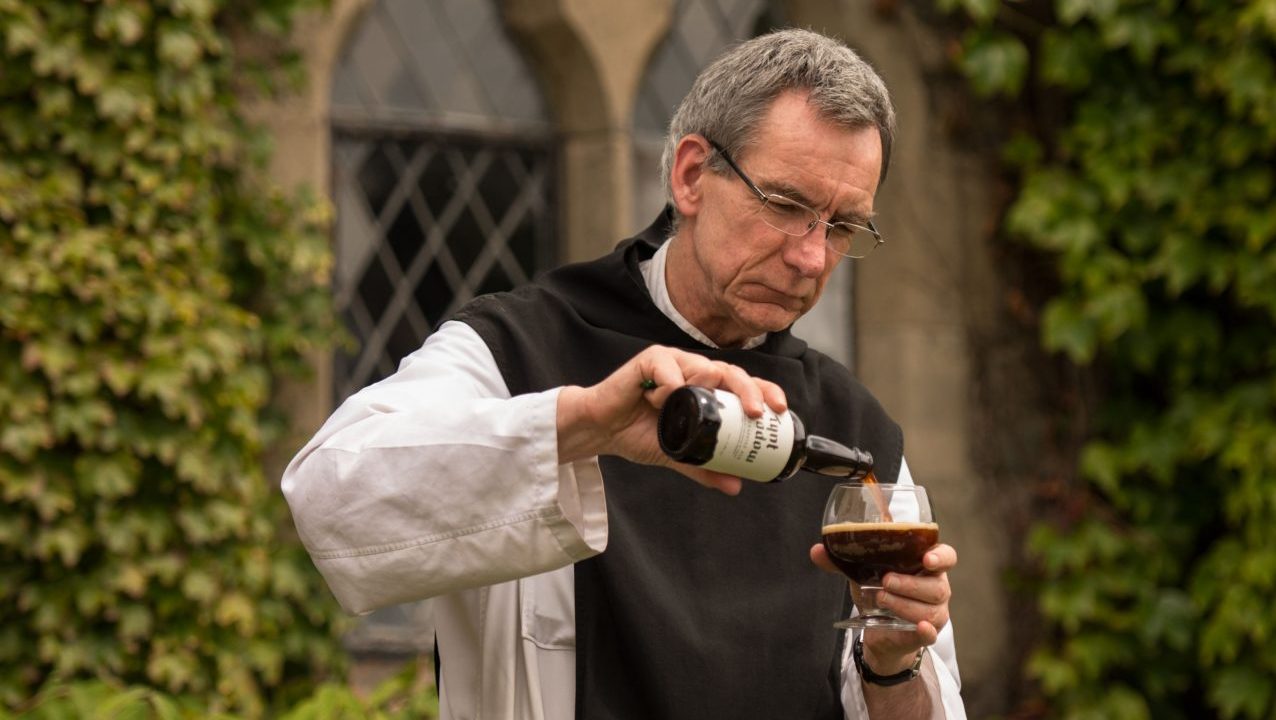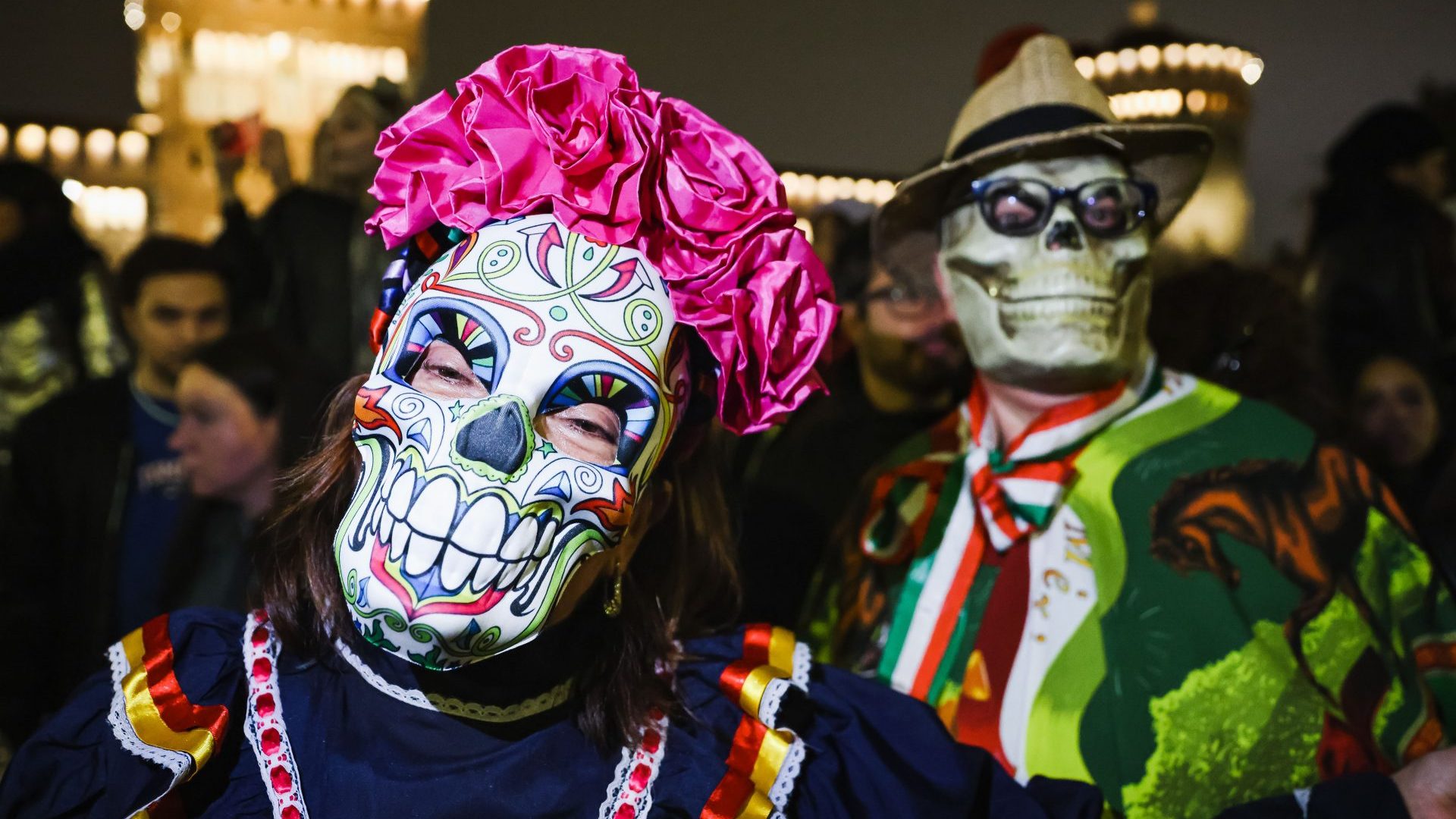You never forget your first run-in with Belgian beer. Sometime in the early 2000s, I was sitting in the oldest bar in Brussels, blissfully unaware of just how strong that beer can be. À l’Imaige Nostre-Dame, a stained glass-adorned nook near the Grote Markt, is a dangerous place indeed for the uninitiated. While Belgium’s characteristic malty Dubbel-style beers hover around the 6-8% ABV mark, the golden Tripels go as high as a headbanging 11%, and the dark Quadrupels can head perilously past 12%. It is fair to say that hurtling along on the Eurostar towards London at 186 miles per hour loses all its charm after an evening on these.
But among the most prized of these potent brews are a number of beers with a surprising association with self-denial and sobriety – those that are made by monks.
While “abbey” beers claim a distant origin in the centuries-old brewing traditions of monasteries, Trappist beers are the real deal. To get the distinctive hexagonal “Authentic Trappist Product” stamp from the International Trappist Association, beers must be made in a working monastery under the everyday supervision of members of the Order of Cistercians of the Strict Observance, founded in the 17th century at the abbey of La Trappe, Normandy. They must also use their profits only for the upkeep of the monastery or their charitable works.
Just 10 monasteries in the world carry this designation for their beer, and the majority of them are in Belgium, including legendary names such as Orval, Rochefort and Westmalle. But the newest member of the Trappist beer family comes not from the Low Countries, but from just north of Leicester.
Founded in 1835, Mount Saint Bernard Abbey was a dairy farming community for nearly two centuries. When that business began to fail in the face of price-slashing industrial milk production, another path had to be found. Looking to their fellow Trappists across the North Sea for inspiration, the monks saw beer as their future, and Tynt Meadow – the name of the original plot of land where the abbey was built – celebrates its fifth anniversary this year. It is the first and only English Trappist beer.
At 7.4%, Tynt Meadow packs a punch which, when I sampled a bottle, threatened flashbacks to À l’Imaige Nostre-Dame all those years ago, but the caramel, raisin and brown sugar notes add a complexity that cuts through the sheer booziness. Those earthy flavours are achieved using all-British ingredients and this is a beer that aims to have “a clearly English character” – when it was launched, back in 2018, St George’s Day was chosen for the occasion.
But the project has been a rather European affair. The Dutch company Brouwtechniek oversaw the establishment of the brewery and the community were advised by Belgian, French, Dutch and Italian beer-making monasteries. For some years it was a Polish monk, Fr Mateusz, who was in charge of brewing. And while Thomas à Becket is considered the patron saint of English brewers, it is instead a small image of Arnold of Metz, patron saint of Belgian beer, that watches over the brewhouse.
Trappist beer is now under threat in its homeland. Earlier this year, Achel, made in a monastery on the Belgian-Netherlands border, lost its official Trappist designation as the last of the monks retired, while Westmalle Abbey is facing a growing recruitment crisis. With the success of Tynt Meadow, perhaps it will be here in the UK that this most continental of drinking traditions survives.




